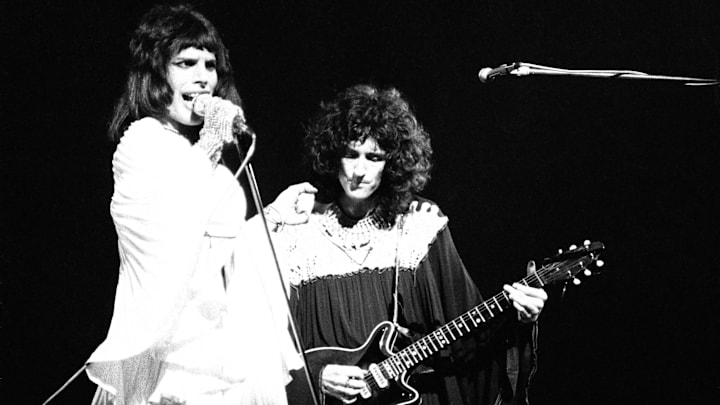In the beginning, there was Chuck Berry. And an electric guitar. And a swagger that freed popular music from the formality that existed before WWII and the bomb and the realization that one itchy finger on the button could bring everything crashing down.
Rock and roll was the music of youth, growing side by side with existential dread. It was a release that challenged the rules that preceded it. In the same way that surrealism came to define the theater and fine arts after WWI, rock and roll was a defiant rebuke of the old guard.
But a funny thing happens to revolutionary artistic movements. Like the rest of us, they grow old. By the 1970s, the third wave of rock fans formed the new core audience. They differed in one crucial way from the earlier fans, who had grown up in a pre-rock world. Young fans in the 1970s only knew rock and roll. It wasn't a protest. It was mainstream.
15 rock songs that helped shape the 1970s sound
How did rock and roll respond to its own aging?
So evolution took over. It always. The music that had been so energizing a decade earlier grew stale. It was co-opted by Madison Avenue. Instead of protesting against the bourgeois, it became bourgeois itself. And then the counterforces emerged, taking rock and roll in plenty of new directions. We can debate all day whether those directions were a good or bad thing.
Let's start with a core of songs -- 15 in all. Since we have already examined plenty of rock-adjacent genres in other little discussions, today we're sticking to rock with a capital R. The decade still offers a lot to explore.
“Eighteen” by Alice Cooper (1970)
The teenyboppers were dancing to the Jacksons, who we covered when talking about '70s pop. Some of their more disaffected older siblings were diving in at the other end of the pool. Alice Cooper (the name of both the band and the singer) oozed out of the southwest desert.
He offered a nihilistic brand of heavy rock that sat uneasily between the glam that would rule early in the decade and the punk explosion that would come in the second half. Violent suburban ennui existed before those grungy and pop punk ‘90s acts rediscovered it.
Continued on next slide...
